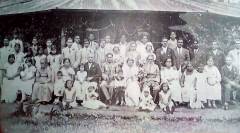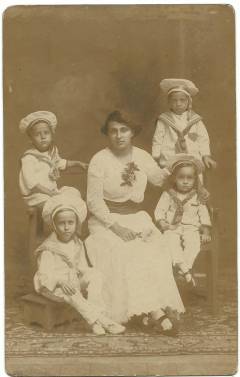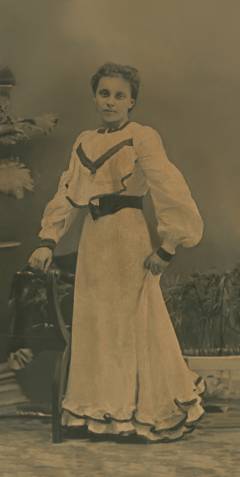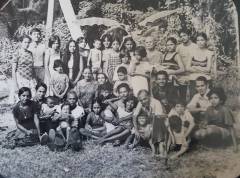Before the year 1822, the methods of civil registration in Sri Lanka were quite unique. Instead of paper documents, our resourceful ancestors used palm leaves (Ola leaves) and a sharpened stylus. They etched the records onto these ola leaves. After, a black resin using charcoal was created and rubbed onto the leaves. This resin was then rubbed away, leaving the black resin on the depressions made by the stylus. Older, wornout ola records were rewritten into newer ola leaves, and this practice continued around until the mid 19th century.


The above images are two ola manuscript records. The top image is from prior to 1822 (around 1810 if I had to guess), and the bottom image was done compiling in 1835. The older ola leaf looks more crude compared to the newer leaf. The newer leaf copied the contents of the older leaf and updated the older records to include baptisms and marriages that had occurred since.
Below are zoomed-in versions of the prior two images. We can see that the same record was copied over to the newer leaf. The older records feature traditional Sinhala numerals, while the newer copies switched to Arabic numbers. It’s fascinating to see how the records evolved, reflecting the changing times. In the bottom left-hand corner of the second image, we see an embossed, a crown with the numbers 18 and 22 written on the left and right hand of the crown respectively, and the initials G.R below the crown.

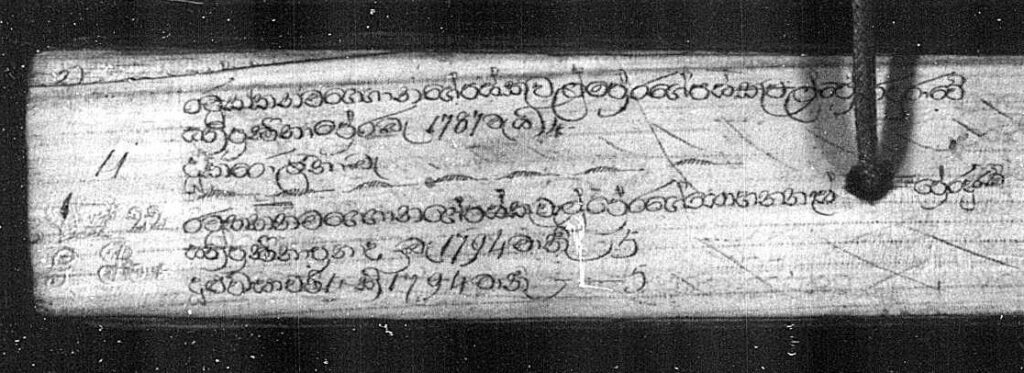
The initials “G.R.” stand for “Georgius Rex,” which is Latin for “King George”, which alludes to King George the IV of the United Kingdom, who ruled from 1820 to 1830.

The Dutch used their thombo system starting from the mid to late 17th century, all the way up to the last 18th century. The thombo are registers that contain meticulous recordings of families, their estates, their labour duties, and their tax obligations. Thombos are a source that I have not used at all in my genealogical work due to my inability in reading or speaking Dutch and more importantly due to the tedious nature of reading the thombo. But I should definitely invest more time in going through thombos. Besides thombos, the Dutch reformed church kept meticulous baptism and marriage records starting from the 17th century and all the way up to the 20th century (maybe ongoing?).

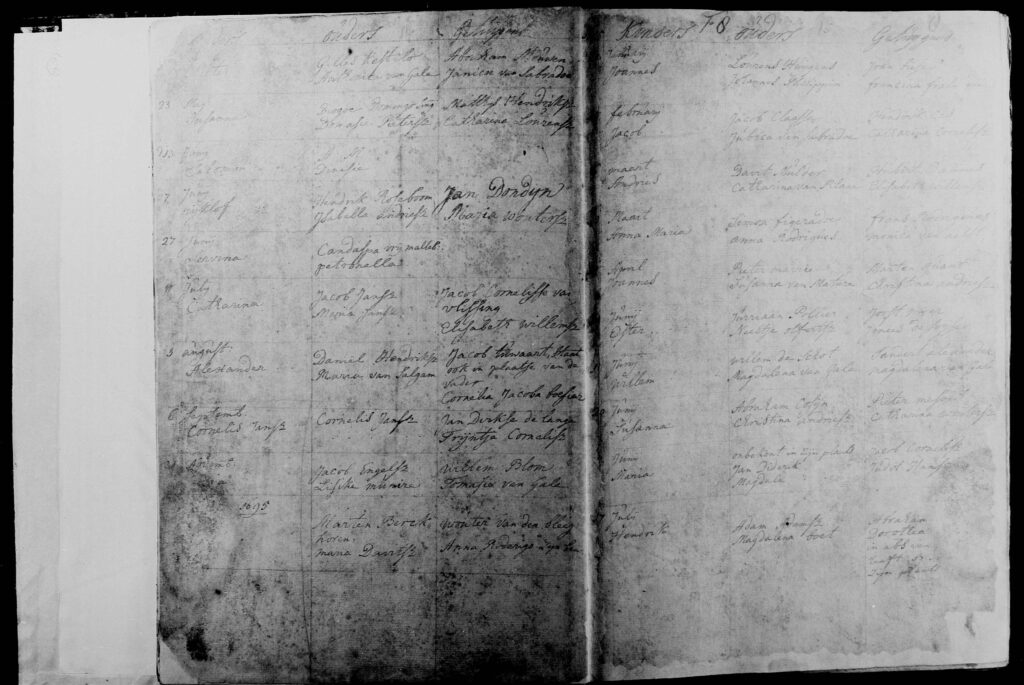
Sources




